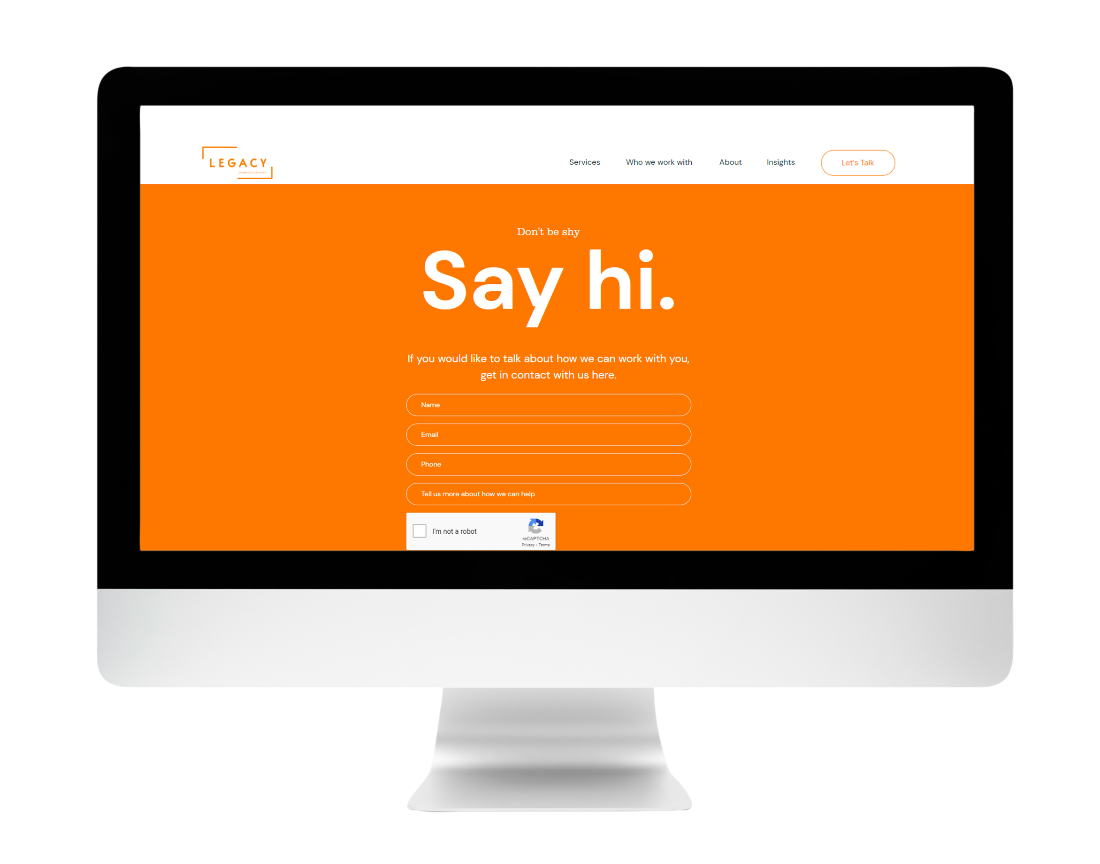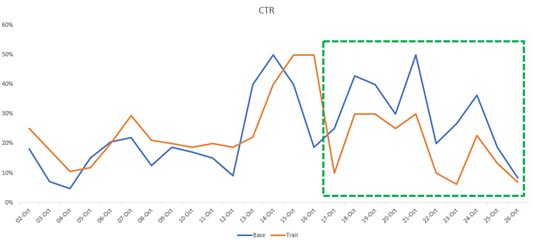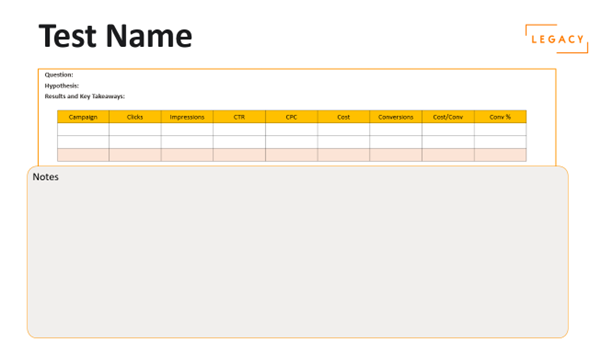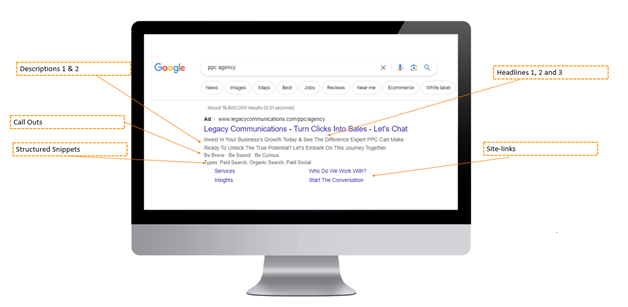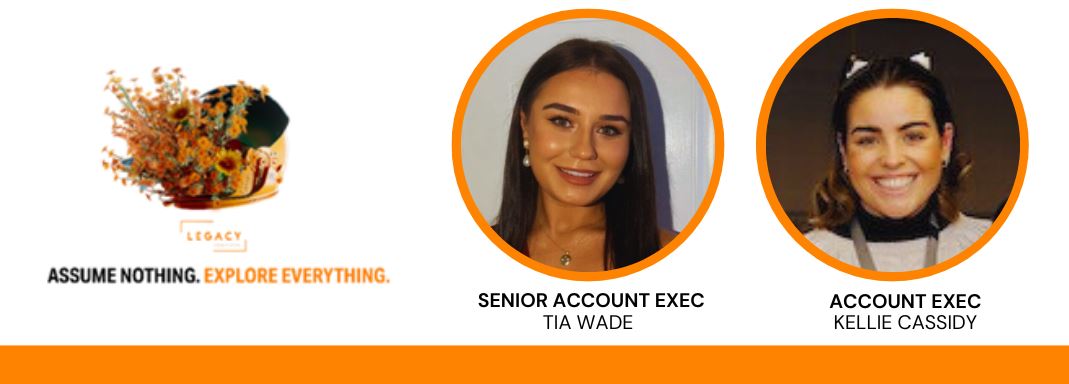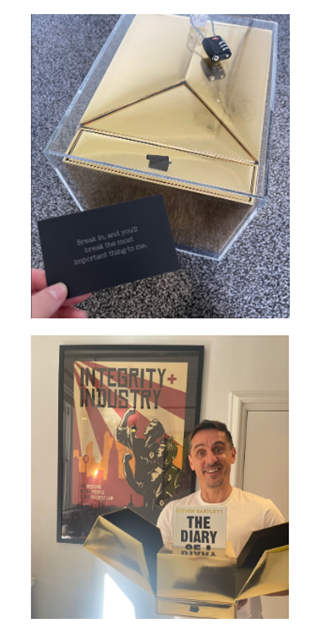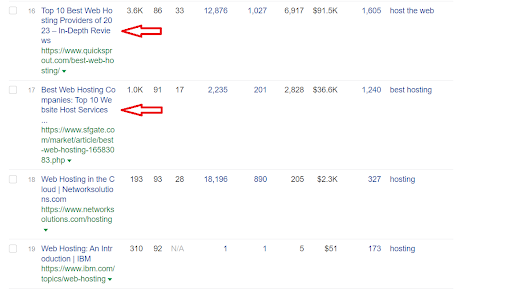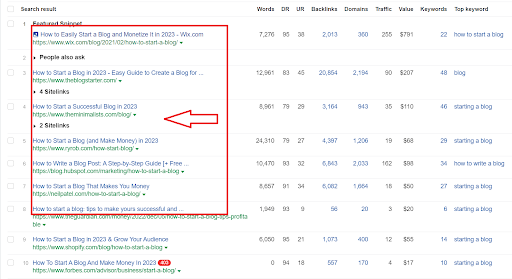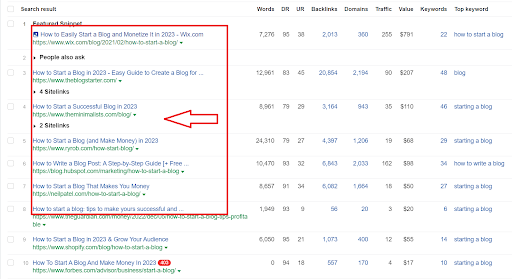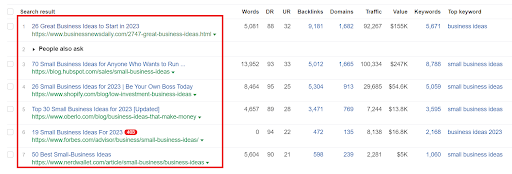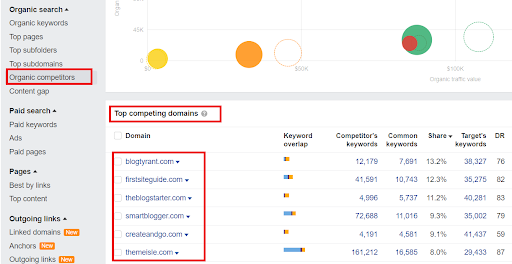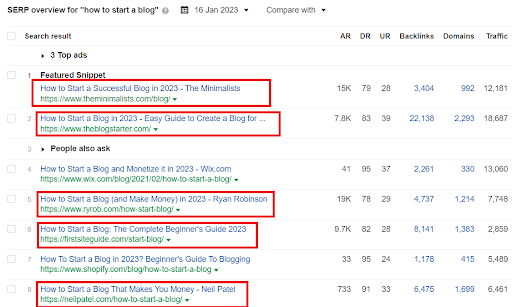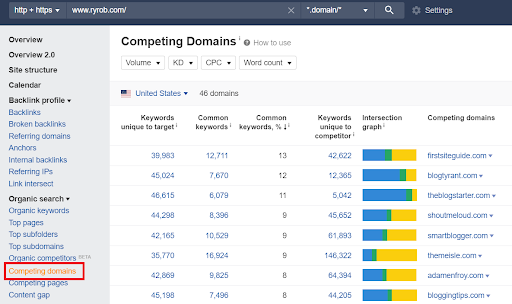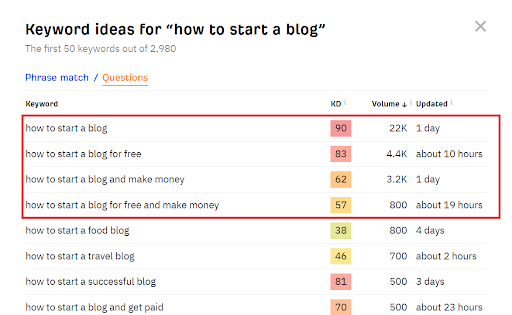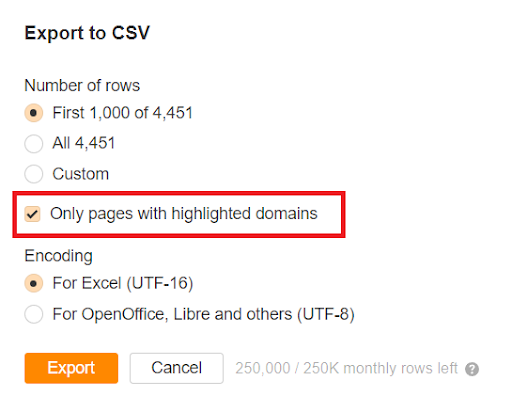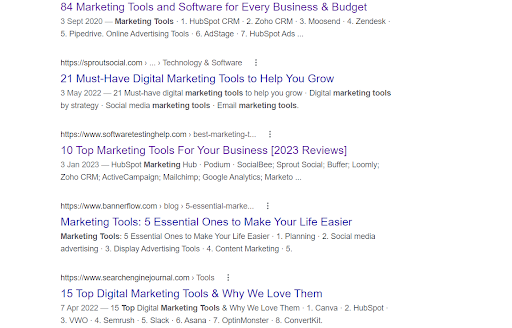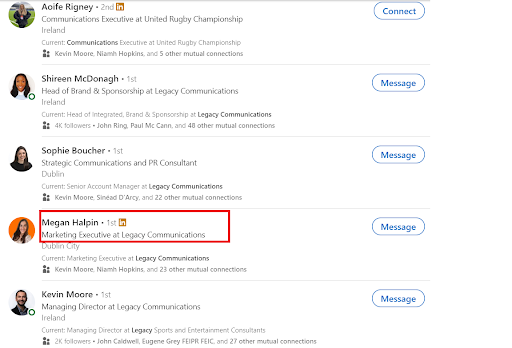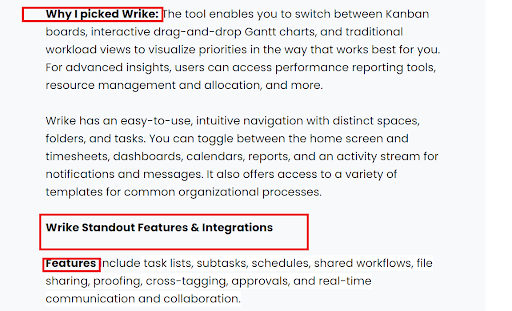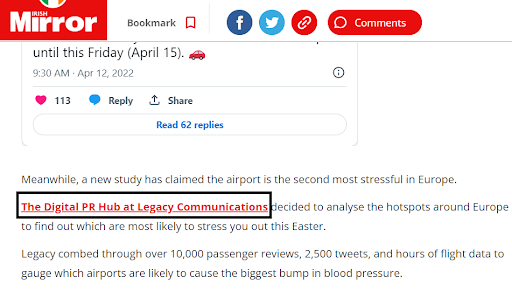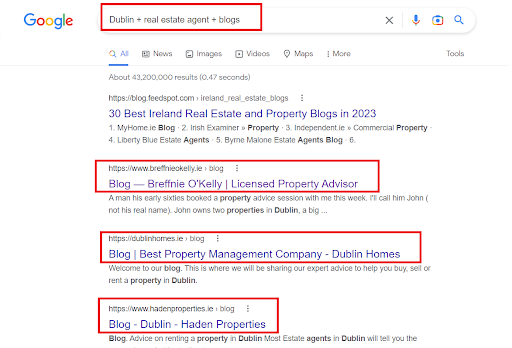There is a change around the corner within digital marketing. Google has announced that will remove 3rd party cookies (and therefore tracking) from all Chrome browsers. With this change, staying ahead of the curve is crucial. One solution is the use of server-side tracking.
In this article, we will explore the world of server-side tracking and examine its pros and cons for performance marketing campaigns.
What is Server-Side Tracking?
Server-side tracking is a method of collecting user data through a 1st party cookie which you own. This is hosted on your website, and it sends the data to your cloud server, from where it will be directed to your marketing interfaces (Google Ads, Meta, Tiktok etc).
With traditional tracking, we see third parties collecting the raw data directly for your website. This allows server-side tracking to give you more control over the data that is collected on your website.
![]()
Image = Google
The Need for Server-Side Tracking
The digital marketing industry has relied heavily on traditional tracking (using cookies) for years. This method involves transmitting data directly from a user’s browser to third-party servers using tags or pixels. However, with increasing privacy concerns and the rise of ad blockers, traditional tracking is facing limitations. As a response, server-side is seen as a workaround to the removal of traditional 3rd party tracking, so that you can continue to track conversions.
The Impact of Google’s Removal of 3rd Party Cookies
Google’s decision to phase out third-party cookies from its Chrome browser marks a significant shift in the digital marketing landscape. With Chrome holding a substantial market share, this move will have far-reaching implications. Marketers must adapt to this cookie-less future and explore alternative ways to gather accurate data for their campaigns.
Google is working on this removal, and it should happen in Q4 of 2023, however this could get pushed back due to limitations. Google is currently testing the impact of this on 1% of browsers globally.
We have already seen the impact of the removal of 3rd party cookies on IOS. Anyone advertising on Meta for example could have seen a major decrease in performance as apple’s ITP updates restricted the Meta ad pixel.
The removal of 3rd party cookies on Chrome is the next logical step as we move more towards a privacy-focused world.
Understanding Server-Side Tracking
To understand the benefits and drawbacks of server-side tracking, we must first differentiate it from traditional tracking. Traditional tracking involves collecting user data directly in the browser using JavaScript snippets. This data is then sent to third-party servers for analysis. In contrast, server-side tracking operates by sending user data to a tracking server owned by the website. For example, this could be a Google Cloud server with can easily integrate with Google Tag Manager. The tracking server acts as an intermediary, consolidating and controlling the flow of data.
The Pros of Server-Side Tracking
1. Enhanced Data Control and Privacy Compliance
One of the primary advantages of server-side tracking is the increased control it provides over data collection. Unlike traditional tracking, where third-party services may scrape user data without consent, server-side tracking ensures that sensitive user information remains secure. The tag is 1st party, meaning that you remain in control of the data which prevents dependance on 3rd parties.
By maintaining control over data collection, marketers can adhere to privacy regulations such as GDPR.
2. Bypassing Ad Blockers
Ad blockers have become a common tool for internet users seeking to eliminate intrusive advertisements. However, these blockers also hinder traditional tracking by preventing the firing of tags and scripts. Server-side tracking offers a workaround by leveraging a website’s subdomain, making it difficult for ad blockers to detect and block tracking requests. This allows marketers to gather data even from users employing ad-blocking software.
3. Improved Website Performance
3rd party tracking tags can significantly impact website performance, leading to slower page load times. This can result in a poor user experience and negatively affect SEO rankings and also crucially conversion rates.
Server-side tracking, on the other hand, reduces the reliance on resource-intensive JavaScript code, resulting in improved website speed and overall performance. This is because server-side tracking deploys a single (1st party) tracking tag on the site. This streamlines all performance tagging in the site which leads to greater efficiency.
4. Prolonged Cookie Shelf Life
3rd party tracking relies on cookies stored in a user’s browser to track their activity. However, browsers like Safari and Firefox automatically delete these cookies after a certain period. Server-side tracking overcomes this limitation by utilizing first-party cookies with extended expiry dates. This ensures that user data remains accessible for longer periods, allowing for more accurate attribution and personalized experiences.
The Cons of Server-Side Tracking
1. Implementation Complexity
Implementing server-side tracking requires technical expertise and involvement. It involves setting up a tracking server, configuring the data flow, and ensuring seamless integration with analytics tools. This complexity may pose a challenge for marketers with limited technical resources or expertise.
2. Limited Cross-Domain Tracking
Server-side tracking operates within the confines of a single website’s subdomain. This can limit the ability to track user behaviour across multiple domains, which may be a requirement for some marketing campaigns. Marketers must carefully consider their tracking needs and evaluate whether server-side tracking can adequately fulfil them if they are relying on cross-domain tracking.
3. Potential Data Loss
As data passes through various servers and systems in server-side tracking, there is a potential risk of data loss or discrepancies. Marketers must implement robust data management practices and ensure data integrity throughout the tracking process.
Implementing Server-Side Tracking
Implementing server-side tracking requires careful planning and consideration. Here are some steps to help you get started:
1. Determine Your Tracking Needs
Evaluate your tracking requirements and identify the specific data points you need to collect. Consider factors such as attribution, personalization, and user journey analysis.
2. Choose a Server-Side Tracking Solution
Research and select a server-side tracking solution that aligns with your business goals and technical capabilities. Popular options include Google Tag Manager but there are numerous other solutions depending on your needs.
3. Set Up a Tracking Server
Establish a tracking server that you own and control. This server will act as the intermediary between your website and analytics tools, ensuring data privacy and security.
4. Configure Data Flow and Integration
Map out the data flow from your website to the tracking server and then to your chosen analytics tools. Ensure seamless integration and data compatibility between systems.
5. Test and Optimize
Thoroughly test your server-side tracking implementation to ensure data accuracy and integrity. Continuously monitor and optimize your tracking setup to maximise its effectiveness.
Conclusion
Server-side tracking is an alternative to traditional 3rd party tracking. The beauty is the use of a single first-party tracking tag that you own. With the removal of 3rd party cookies, we must adapt and we at Legacy Communications believe that server-side tracking is the way to go.
Server-side tracking provides greater control over data, bypasses ad blockers, improves website performance, and ensures compliance with privacy regulations. Implementation may be difficult but once you overcome this barrier, you will have a valuable tool for enhancing performance marketing campaigns across all channels. This will allow you to future-proof your marketing analytics.







